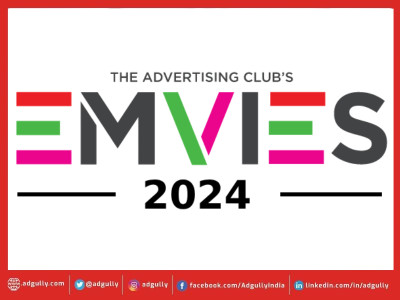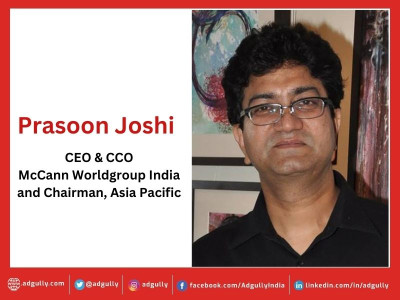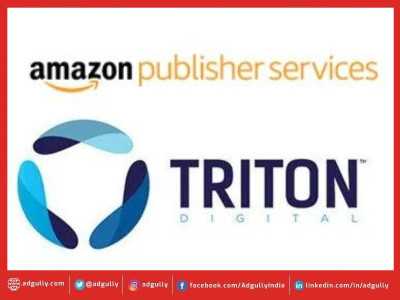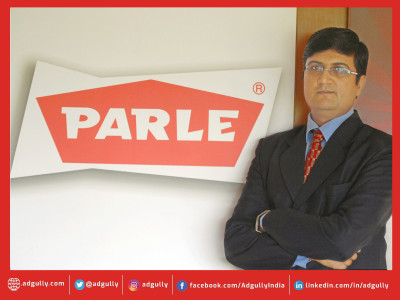Radio industry reaches 70-80% pre-COVID revenues; witnesses K-shaped recovery
The Radio industry was among the worst hit during the early months of the pandemic. According to Pitch Madison Advertising Report 2020, the pandemic wiped out 19% of the advertising revenues during Q1 of 2020 (Jan-Feb-March), which further collapsed by 87% in Q2 of 2020 (April-May-June). Radio AdEx stood at Rs 569 crore in H1 of 2020 and is expected to grow at in a range between 38% and 78% in H2 of 2020, generating revenues worth Rs 775-1,000 crore. For comparison, Radio AdEx for 2019 was estimated at Rs 2,260 crore, indicating that radio revenues have declined 30-40% YoY, setting the industry back another 3-4 years for a full recovery.
In this bleak scenario, radio players saw some promising tailwinds. An industry report by Association of Radio Operators for India (AROI) found that the average daily time spent listening to radio has increased by 23% during COVID-19. RAM data showed that there has been a significant growth both in reach and time spent across segments – men, women, Sec A, teens and golden agers.
Even though listenership increased, radio players were unable to monetise this due to economic instability. BFSI, Auto, E-commerce, Real Estate, and FMCG were the most affected category advertisers on Radio. BFSI leads in contribution to AdEx with 13%, followed by FMCG at 10%, Real Estate at 9%, E-commerce at 9%, and Auto at 5%. When economic activity resumed in Tier 2 and 3 cities during Unlock 1.0 in June, a lot of local advertisers leveraged radio in their media plans.
The most important tailwind contributing to recovery in revenues for Radio players has been the festive season.
According to Abraham Thomas, CEO, Reliance Broadcast Network Limited, “The radio industry is already on its path of recovery, witnessing a 70% recovery in business in the last quarter.The festive season is further expected to help the sector, as around 40-45% of the annual business occurs during these months.”
Naveen Sreenivasan, Head Media Solutions – TRD (Television, Radio, Digital), Mathrubhumi Group said, “The business environment in Kerala started bouncing back quite quickly post the initial couple of months of the pandemic and advertising picked up during Onam. Now with the national festive season starting, we see the momentum carrying on.”
Rahul Namjoshi, COO, MY FM, added here, “For MY FM, we have reached 90% inventory of pre-COVID levels, Radio also should be around 80%. Our retail business volume is surely back at the pre-COVID level, although the corporate business is still not back on track. We witnessed peaking inventories around festivals like Ganesh Chaturthi, Independence Day and Janmashtami. The Navratri season has also been overwhelmingly positive.”
Ashit Kukian, CEO, Music Broadcast Limited (Radio CIty) said, "As we speak, into the COVID situation for the last 6 months, ad volumes have returned to 80% and revenue is 60% of pre-COVID levels. I believe that Tier II, III markets are close to 90-95% of ad volumes compared to the previous year. The larger markets will also be close to 70-75% of last year’s volumes. Some of the retail markets have increased their decibel levels of advertising during the festive months. Consumer products companies are utilising their festive spends. You will see a surge in comparative advertising (to the previous year) with the festive season on."
Radio players partnered with OTT music streaming platforms and made their content available on these platforms. Many stations promoted their digital assets extensively and used social media to entertain people via digital concerts and live chats with celebrities.
Yatish Mehrishi, COO at Entertainment Network India Ltd, said “We have seen a K-shaped recovery, with some sectors like eCommerce, Health, FMCG doing substantially well, while Real Estate, Retail, Government sectors are still struggling. The pandemic has propelled clients’ preference for solutions beyond just plain vanilla advertising.”
Radio City's Kukian predicts, "Along with digital and TV, radio to an extent will be among the fastest to recover because of the way listeners consume our medium. Among the six cities in which the AROI survey was done, the listenership moved from 48 million pre-Lockdown to 51 million post-Lockdown. Also, the fact that Tier II, III cities are doing much better than metro cities and radio being the local medium, is why advertisers are leveraging this medium. We believe radio will do well because of the digital upsurge, if brands use radio creatively with digital in their communication then it can be deployed in an effective way."
BIG FM’s Thomas said, “We are continually exploring synergies through our BIG Partnerships; where different platforms with distinctive content offer an amplified reach for our advertisers. We have signed up 20+ partnerships, where clients can get a potential audience reach of 15 crore.”
“The Tier 2 and Tier 3 markets have witnessed a rapid revival as these emerging markets are leading the recovery. They are expected to reach pre-COVID numbers in the next few months, largely on the back of higher brand count and reach,” observed BIG FM’s Thomas.
As per the recent TAM AdEx Report, the top 5 non-metro cities (Jaipur, Indore, Nagpur, Ahmedabad, Surat) accounted for 51% of total ad volume share during Jun-Aug’20.
The same data revealed that ad volumes on radio have spiked by 434% during Jun-Aug ’20 in the 4 metros as compared to the previous quarter. In other cities, the rise stands at more than 5 times with over 100 categories being advertised exclusively during this period.
However, Government spending continues to remain low during this period. This came as a double whammy for the radio players, who were already reeling from the effects of reduced ad spends by advertisers pre-COVID followed by the biggest de-growth in government advertising.
Radio Mirchi’s Mehrishi remarked, “The government provided a 3-month moratorium on paying the license fees without any interest, this helped us to some extent. However, had the government ad spends on the medium increased, rather than drastically reduced, and had the license fees been waived off for a year as a one-time gesture, the radio industry may have been in a better position right now.”























Share
Facebook
YouTube
Tweet
Twitter
LinkedIn